Construction businesses are constantly concerned with allocating proper amounts of the company budget to vital items such as employee salaries, equipment maintenance, and office overhead costs.
It can be difficult to find ways to keep costs down, especially when unforeseen delays take place on major projects and result in expenditure overruns.
One way construction businesses can save money is by employing technology whenever possible.
There are many other ways to take advantage of modern industrial science to lessen overhead.
For example, using building information modelling (BIM) presents a master design for all parties to use, which greatly streamlines inter-party communication.
Construction management software and project management software are also smart solutions for managing human resource concerns and real-time data updates.
Enterprise Resource Planning (ERP) software can instantly connect all business operations.
Finally, mobile communication technology, such as asset tracking on tablets and smartphones, allows employees access to vital information while working on-site.
In this article...
Using Drones
Drones can monitor construction sites remotely to identify potential safety hazards that might put workers in dangerous situations, thereby increasing worker safety through prevention.
For example, drones can record videos that are then sent back to management. This eliminates the need to physically visit the location.
Safe, efficient, and replaceable, drones can cut costs by forestalling injuries that might stall projects.
They also identify shortcomings before they become larger problems. This helps construction companies to avoid potential fines and expensive repairs.
As you can see in the following infographic, drones can be used by construction companies in a number of ways:
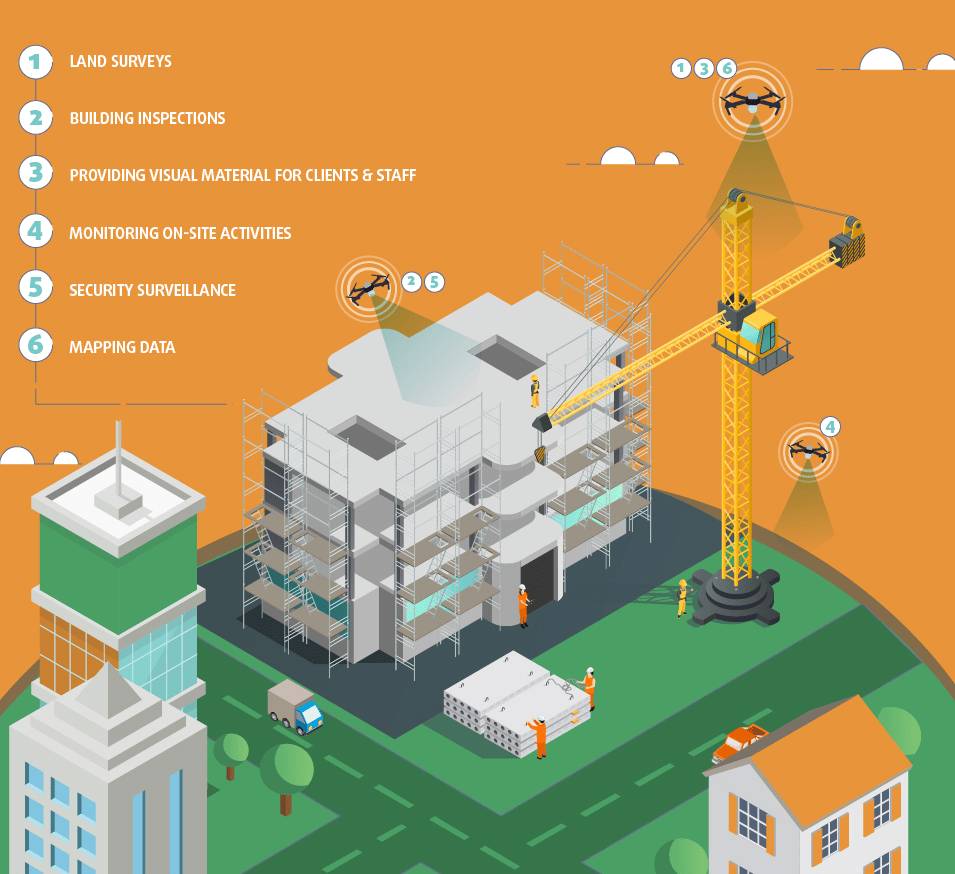
But how do drones save money for those in the construction industry?
First, they can play a major role in maintaining the safety of the worksite.
Dangerous construction projects can result in expensive fines, high insurance, and expensive outlay for temporary workers, as well as payment for workers who cannot report to the job site due to injury.
Drones in particular have the potential to lower these costs of workforce injury, as they allow you to monitor dangerous or otherwise inaccessible sites and inspect potential hazardous conditions.
In addition, drones save time as well as money—for example, an aerial evaluation by drone is significantly less expensive and more easily arranged than an assessment conducted from a helicopter.
Drones also simplify the process of obtaining preliminary estimates, while also providing spectacular marketing footage for a fraction of the cost of using cranes, helicopters, or airplanes.
An investment in drone technology for your construction company is well worth the initial layout.
Even as late as 2018, 92% of firms that used drones reported a return on investment within the first year of use. Since then, the technology has only become more advanced and cost-efficient.
Using Building Information Modeling (BIM)
Building information modeling (BIM) is a 3D modeling tool that establishes a single master design.
This means that everyone involved in the project has a single reference point, from project conception to construction finish.
BIM streamlines projects and reduces errors. It helps cut costs by avoiding error corrections and rework orders due to miscommunication or misunderstandings.
In this way, smart use of BIM results in fewer mistakes and delays. That lowers cost outlays.
Basic BIM output can look like this screenshot:

Should the client or inspectors have questions about the completed project, such as checking for code violations or settling maintenance issues, modern BIM technology allows workers to scan a barcode in each room, then use a mobile device to inspect the plumbing, electrical systems, HVAC, and so on.
The cost savings for preventive maintenance and potential remodeling is tremendous.
With BIM, team members can work together in real time, which not only lessens communication relay, but also provides more accurate cost validations, encourages increased collaboration, and furthers a company’s ability to provide greater efficiency.
These benefits provide lower costs not only at the time of designing and building the project, but also throughout the life cycle of the completed structure.
Using Construction Management Software
Construction management software is an ideal way to keep track of inventory, from building materials, to tools, equipment, and even labor applied to a project.
Using construction management software helps prevent inventory mismanagement, theft, and loss by allowing users to call on real-time updates on the location of materials, tools, and equipment.
Such solutions save money by avoiding the time and cost required to replace missing inventory and eliminate wasted hours in attempting to track down shipments and the movement of employee teams.
Asset tracking is a common way to use construction management software.
Systems such as GoCodes allow not only GPS tracking and real time updates on their location, but they also enable project managers to oversee preventive maintenance, provide efficient and secure data location in the cloud, and guarantee transparency for clients and regulators.
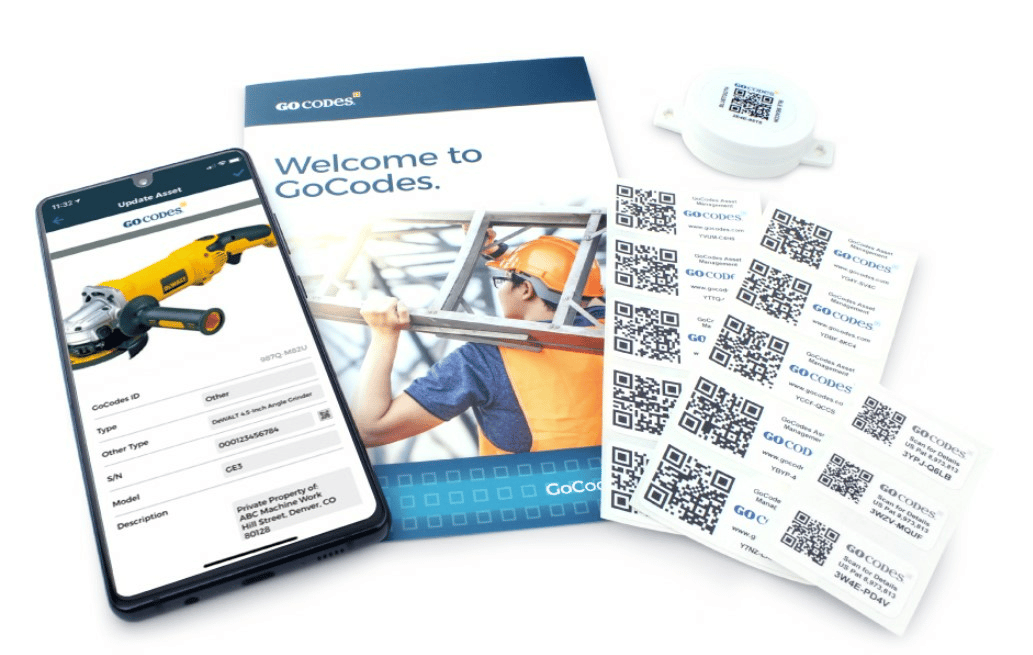
Pictured above is all that’s needed for a successful and easy-to-implement asset tracking system.
Asset tracking is also highly effective for static or fixed assets–those which do not move or move rarely.
This kind of tracking provides important environmental information, provides updates about output, or monitors employee efficiency.
Decision makers and project managers can quickly fashion this data into easily curated, easily understandable progress reports.
Studying this information yields information about where inefficiencies can undergo elimination. The cost savings that can result from these actions quickly add up.
Using Project Management Software
Project management software, when hosted on the cloud, is an excellent way for managers to keep projects on schedule by having access to all pertinent project information, and all in one place.
Project management software enables managers to quickly distribute updates to employees through the software and to mobile devices around the world.
This ability allows them to keep track of the planned timeline and scope of the project, which helps reduce profit fade.
Project management software can also sharply curtail poor communication or misunderstandings.
It makes it easier to clarify goals or budgets, which in turn aids greatly in managing client expectations.
Projects can proceed more quickly because communication and risk assessment are handled more effectively. In addition, employees or decision-makers can switch between multiple projects with ease.
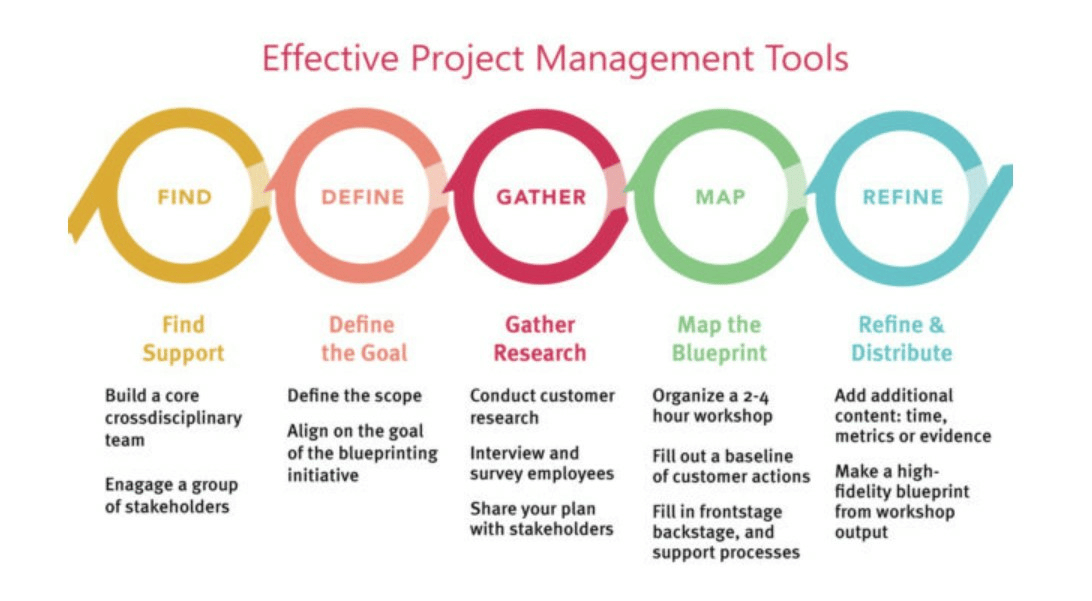
This technology provides schedule and economic transparency, and can even eliminate person-to-person event scheduling, which is prone to error and wastes time.
It saves IT costs by providing remote bug management and offers automated time tracking.
Using Enterprise Resource Planning (ERP)
Enterprise Resource Planning (ERP), or integrated software, is an efficient and modern way to connect all business operations.
It allows companies to share the same data between necessary employees and managers, thereby eliminating the need to enter data into each individual application separately, or having to find ways to convert the aforementioned data between applications.
Cloud ERP presents many economic benefits, as listed below:
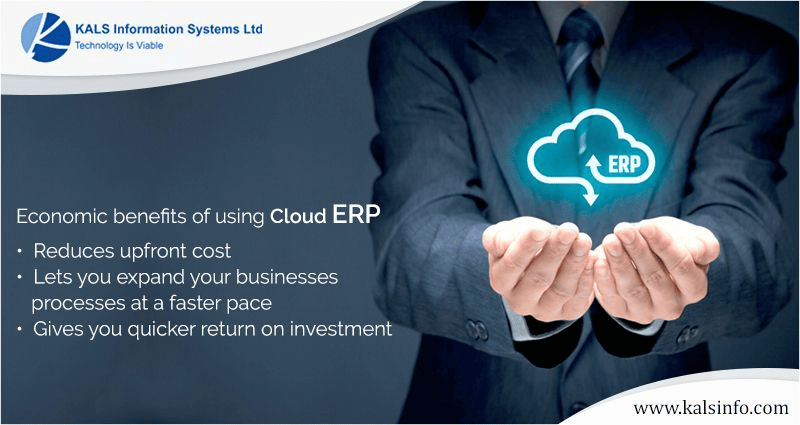
ERP saves money by avoiding outdated forms of record storage. Physical records are unwieldy, difficult to protect, and expensive to maintain and keep secure.
ERP allows for storage and communication in the cloud. It can eliminate entire warehouses of physical records; they are much more easily stored, organized, and accessed.
Not only that, ERP enables employees to access information from anywhere in the world outside of traditional business hours.
Accounting, cloud-based management software, and human resources integration saves time and therefore money.
It decreases entire days lost to processing and saves money on separate IT costs.
Here are just a few numbers to prove the financial worth of ERP:
- Operational costs drop by 23% after implementation
- Administrative costs can be reduced by 22% after implementation
- 95% of businesses report operational improvements after launching ERP
- Small and medium-sized businesses experience the full benefits of ERP less than a year after implementation
- Large businesses experience the full benefits of ERP about seven months after implementation
Better inventory control, fewer human errors, increased productivity, improved supply chain management, and consequently, various cost reductions, all stem from ERP.
Using Mobile Communication Technology
Mobile communication technology opens more efficient communication channels by allowing employees access to necessary information while working on-site.
Companies can easily deploy all sorts of mobile technology to undertake these tasks, including smartphones and tablets with appropriate communication apps.
Construction is an especially appropriate industry to harness the cost-saving capabilities of mobile communication technology.
See the visual aid below for just one of the ways to save money on construction projects.
The ability to quickly estimate material costs with an app is one such benefit:
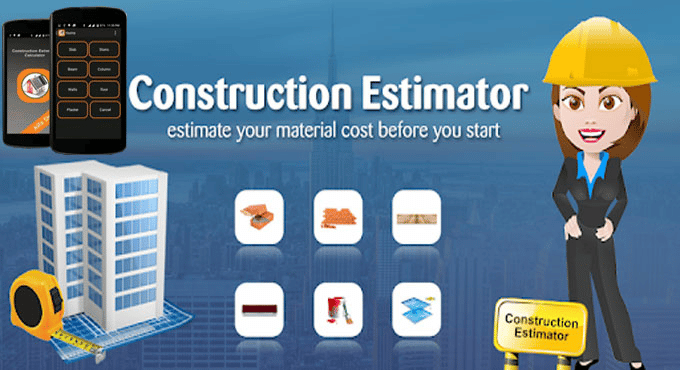
Mobile devices can provide a live feed of drone or helicopter flyovers, or allow rapid responses to time-sensitive issues. Inventory control and supply chain management are quickly streamlined with mobile devices, and many companies find that making training materials available on phones or mobile devices drastically reduces intake or skill upgrade costs.
Conclusion
Technology enables businesses to save money in a number of different ways.
Drone usage is a safe and more cost-efficient way to oversee safety standards or examine a construction site.
Building Information Modeling (BIM) allows an entire team to develop a single-source plan even across different locations and time zones.
Construction management software, as well as project management software, allows for real-time item updates and a comprehensive equipment custody chain.
Finally, mobile communication technology is essential in a modern workplace.
It streamlines communication and provides many benefits in standardizing employee training and information transfer.





